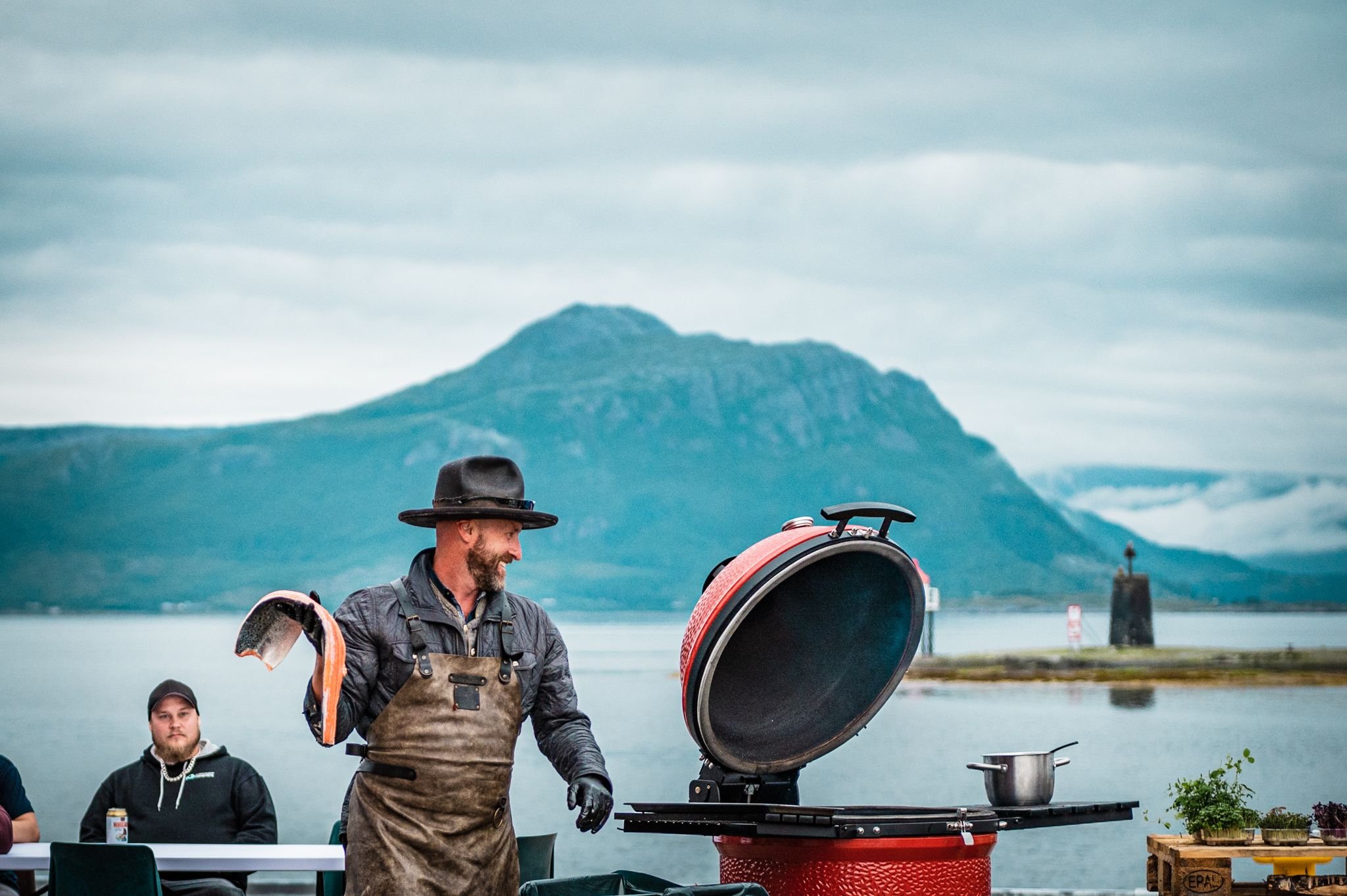National Seafood Month: How the Blue Foods We Eat Today Will Impact Our Tomorrow
The United Nations has deemed sustainable “blue foods” as being vital to global food security. But what are blue foods? (And nope, we’re not talking about blueberries here!)
Blue foods are the nutritious and diverse foods that come from our planet’s bodies of water—streams, rivers, lakes, wetlands, seas, and oceans. Think of all the various finfish, shellfish, seaweeds, and sea vegetables! From our world’s waters, we catch and cultivate an abundance of different aquatic animals, plants, and algae. Considered some of the most nourishing and sustainable foods on Earth, those foods are critical food sources that we rely on today and will continue to do so as our population grows.
Seaweed, for example, is one of the various, edible blue foods that don’t need any land, water, or fertilizer to grow. They grow quicker than any other vegetable on Earth and while doing so, absorb incredible amounts of greenhouse gasses! Together with seaweed, other blue foods such as mussels and oysters are incredibly nutritious while also benefiting oceans and coastal communities. What’s more, they’ve been a part of the diets of indigeneous coastal communities around the world for centuries!
Healthy for Humans and Nature
Today, not many people know that blue foods already bring healthy nutrients such as proteins and omega-3s to 3 billion people. Yet they are often neglected in major food discussions. It is imperative that ethically sourced blue food systems are fully integrated into the sustainable food agenda and into game-changing climate solutions. They will play a central role in achieving the UN’s Sustainable Development Goals in supporting healthier, more sustainable, more equitable food systems globally and in many of the most climate-challenged and food-insecure communities.
When responsibly caught or harvested, blue foods also provide an abundance of restorative opportunities for environmental, economic, and global health. Responsibly produced blue food means improved wild fisheries management and fishing practices. It means innovation, cleaner practices, and using fewer resources to grow and harvest blue food. And it means maintaining and creating decent livelihoods for our water fishers, farmers, and harvesters.
What We Eat Has an Impact on the Planet
The power to shift the tides for the future of our water resources and food supply is in our hands. Responsibly sourced blue food can help move us toward a more sustainable and equitable food system, while providing better access to nutritious food, and scaling as the population grows. This future is within our grasp!
Always remember that what we put on our tables today has an impact on our tomorrow. Together, we can all set a place for responsibly sourced blue food at our table.
Where to Start?
And that’s just the tip of the iceberg.There are plenty of opportunities to get involved. From keeping an eye on local climate-friendly fish sources in stores and restaurants to trying your first kelp chip, to getting involved in policy-making to supporting the responsible production of blue food in our coastal waters, there are many ways to make a meaningful splash!
Blue foods must be integrated into discussions and decisions about the food system as well as into our pantries and kitchens. Join us in celebrating National Seafood Month by welcoming more blue food meals to your table! Check out our seafood pantry suggestions to get inspired!
Kvaroy Arctic’s Contribution
For over 44 years, we have been raising sustainable salmon at the edge of the Arctic Circle in Norway. Kvarøy is one of a small number of farm-raised fish certified by the American Heart Association’s® Heart-Check program.
As a family-owned business, we have been committed to complete transparency, traceability, and responsible stewardship. And we are an open book which tells you exactly how we sustainably raise our salmon, what's in their diet, how we harvest them, what transportation routes we use to get them to you, and how we package it.
We have been putting efforts toward constantly perfecting our salmon’s feed and nutrition, protecting their welfare, continuing to explore and integrate practices to become more and more sustainable in our company. And all those efforts have an impact not only on our environmental footprint but also on the taste and quality of our salmon!
Responsibly raised salmon means also incredibly tasting and nutritious salmon that is good for you and your family. Protein sources like our sustainably grown salmon are truly nourishing and health-giving. We harvest it in various ways: frozen fillets, grill bundles, salmon hot-dogs, and salmon burgers! All of them are prepared with the whole family in mind. Delicious, nutritious, and easy to prepare, you can find our diverse salmon recipes here and here.







